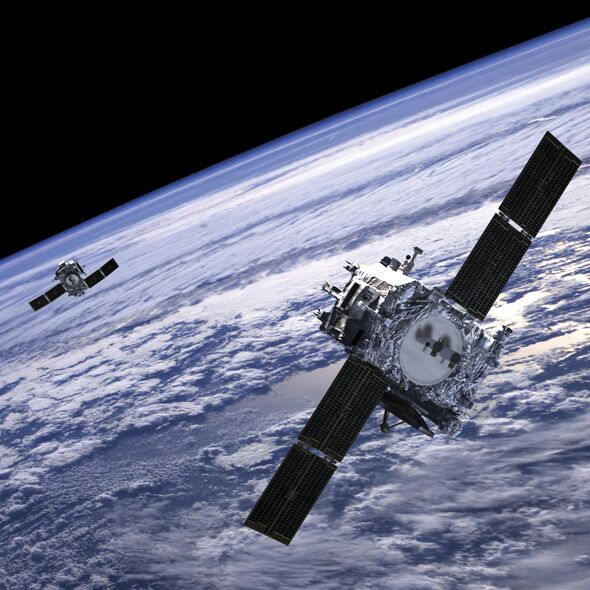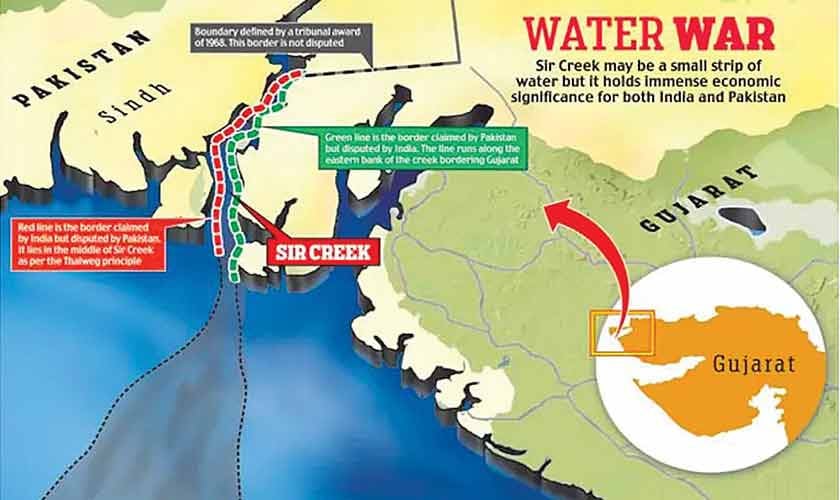In space, nobody can hear you scream. But here on Earth, legions of voices are being raised in anguish as China takes a disturbing lead in the second space race to put astronauts back on the moon and seize its prizes.
Britain and Europe are unlikely to put anyone on the lunar surface for years, and even America has unexpectedly fallen behind China in the challenge that could determine the future security of our planet.
—
China is due to put taikonauts—their version of astronauts—on the moon by 2030, with plans for a lunar base powered by a nuclear reactor. The burgeoning superpower, which has massively ramped up its military in recent years, could be in a position to dominate space from its lunar stronghold. All Britain can do is stare at the moon and wish on a shooting star.
It has been 53 years since America put the last man on the moon. The first space race was ignited in 1961 when President John F. Kennedy called on the US to put a man on the moon before Russia. The effort succeeded with Apollo 11 in 1969. But that mission was as much about international prestige and Cold War bragging rights as it was about scientific development.
—
Today’s second space race, with the US facing off against China, is more about establishing a strategic lunar beachhead: a fortification that could control the future lunar-Earth space economy, global spy satellite operations, and the exploitation of lunar resources.
A recent US Senate hearing met with dire warnings that China is leaping ahead of its global rivals.
“It is highly unlikely that we will land on the moon before China,” cautioned former NASA administrator Jim Bridenstine. “That puts the nation at risk.”
And it’s not just the US in jeopardy. Britain’s lunar ambitions are reliant on the European Space Agency, which is itself looking to ride on the coattails of NASA.
Russia, which was first into space with Sputnik in 1957 and followed that up with Yuri Gagarin’s first manned space flight in 1961, has never put a cosmonaut on the moon. However, it is poised to partner with China’s moonshot in an alliance that could prove deeply troubling to the West in deep space.
—
Is the Chinese-manned space program embedded in the military?
You betcha! says Scott Pace, Space Policy Institute director at George Washington University.
“Does the military contribute to the manned space program? You betcha!”
At stake are the moon’s potential spoils and its formidable strategic advantage. Both China and America aim to land in the Shackleton Crater at the lunar South Pole, 6,800 miles from where Neil Armstrong and Buzz Aldrin first stepped in the Sea of Tranquility in 1969.
They hope to harvest local ice deposits for drinkable water, breathable oxygen, and even rocket fuel.
More important, however, is the base’s potential military significance. It would provide commanding oversight of Earth’s satellites vital to modern warfare.
Military experts believe the next world war could be fought in space, with spy satellites and orbiting weaponry creating a terrifying new sort of battlefield.
—
A shocking Pentagon report earlier this year called space the decisive domain for any coming war between the superpowers, predicting:
“Control of space in 2050 will be aggressively contested—it already is.”
Yet China’s lunar program appears to be speeding relentlessly forward, with a string of successes.
In recent weeks, China has triumphantly tested its first stage propulsion system for the new Long March 10 rocket, tested its Lanyue lunar landing module and residential base, and unveiled its state-of-the-art spacesuit crafted specifically for lunar conditions.
Uncrewed missions by China since 2020 have made it the only nation to retrieve lunar samples from the near and dark side of the moon.
China also plans to build an imposing International Lunar Research Station. Neither Britain nor the US will be a part of it. Its partners are hardly Western allies: Russia, Belarus, and Pakistan.
—
China’s centrally managed command-and-control economy makes it an indomitable force compared with America, where NASA’s objectives can change with each new incumbent of the Oval Office.
Making matters worse, the White House has proposed a 25% cut to NASA’s 2026 budget, with a 50% reduction in its science budget.
Britain’s lunar hopes rest on America’s Artemis program, the successor to the Apollo missions. However, Artemis has been repeatedly delayed and tied up in bureaucratic red tape.
Retired US Space Force Lieutenant General John Shaw praised China’s integrated grand strategy for the Earth-moon system—compared with America’s piecemeal plans—and cautioned:
“We may find ourselves, rather than in a leadership position, in a position of increasing disadvantages.”
—
Artemis is centered on the reusable heavy-lift launch vehicle Starship, developed by SpaceX, docking with an Orion spacecraft carrying the crew. But a lunar mission will require a dozen or more additional Starship launches just to fill a propellant depot in low Earth orbit with fuel to power the lunar lander.
The Starship has yet to carry any astronauts and has exploded during three of its last four test flights.
If that wasn’t bad enough, a 2022 Orion flight experienced the near-catastrophic loss of heat shield tiles.
Congress was shocked this month to hear aerospace experts scorn Artemis as a flawed program doomed to give China an unassailable advantage.
“Without a successful Artemis program, we risk ceding the moon to China,” warned Allen Cutler, president of the industry group Coalition for Deep Space Exploration.
Former NASA chief Jim Bridenstine bemoaned that the Artemis program was selected in 2021, at a time when there was no permanent space agency chief.
“I don’t know how this happens,” he told senators, “but the biggest decision in the history of NASA happens in the absence of an administrator. This is an architecture that no NASA administrator that I’m aware of would have selected if they had a choice.”
—
China is keenly aware of the moon’s strategic and military value.
Landing on the moon several years before America and its allies could shape the future of lunar and space exploration, mold regulations for its exploitation, and keep America and Europe in its crosshairs from some 238,855 miles away.
Boasting the world’s largest standing army at two million, China’s rapidly expanding military reach and might were proudly displayed when the People’s Liberation Army staged an intimidating parade earlier this month in Beijing, where guests of honor included Russia’s Vladimir Putin, South Korea’s Kim Jong-Un, and India’s Narendra Modi.
China displayed its nuclear arsenal, mobile intercontinental ballistic missiles, and a new fleet of hypersonic weapons that maneuver at several times the speed of sound.
As an aggressive alliance of authoritarian nations unites against Western hegemony—and Russia’s recent drone incursions into Poland push NATO closer to the risk of war—President Trump has rebranded the US Defence Department as the War Department: a costly cosmetic change that acknowledges mounting international tensions.
—
But don’t expect to see a British astronaut anywhere near the moon any time soon.
The UK Space Agency’s humbler ambitions lie closer to home, aiming to fly an all-British crew on a future commercial Axiom Space mission for a two-week scientific and research program.
British astronauts Tim Peake, who crewed the International Space Station in 2015, and Rosemary Coogan, selected as a future ISS astronaut, are both potential candidates for a lunar flight, but neither have yet been named for Artemis missions.
Disturbingly, China may get to the moon even faster than expected.
“China may be projecting 2030, but there’s nothing to say they won’t go sooner,” said the Senate Commerce Committee’s senior senator, Maria Cantwell.
Aerospace experts, she confessed, are betting that China will go sooner and that they will beat us.
Planetary Society chief Bill Nye is pessimistic, saying:
“China will put its flag on the South Pole of the moon. That will be dispiriting. And potentially perilous to the West’s future security, too.”
https://www.express.co.uk/news/uk/2112978/real-reason-china-man-moon-2023


